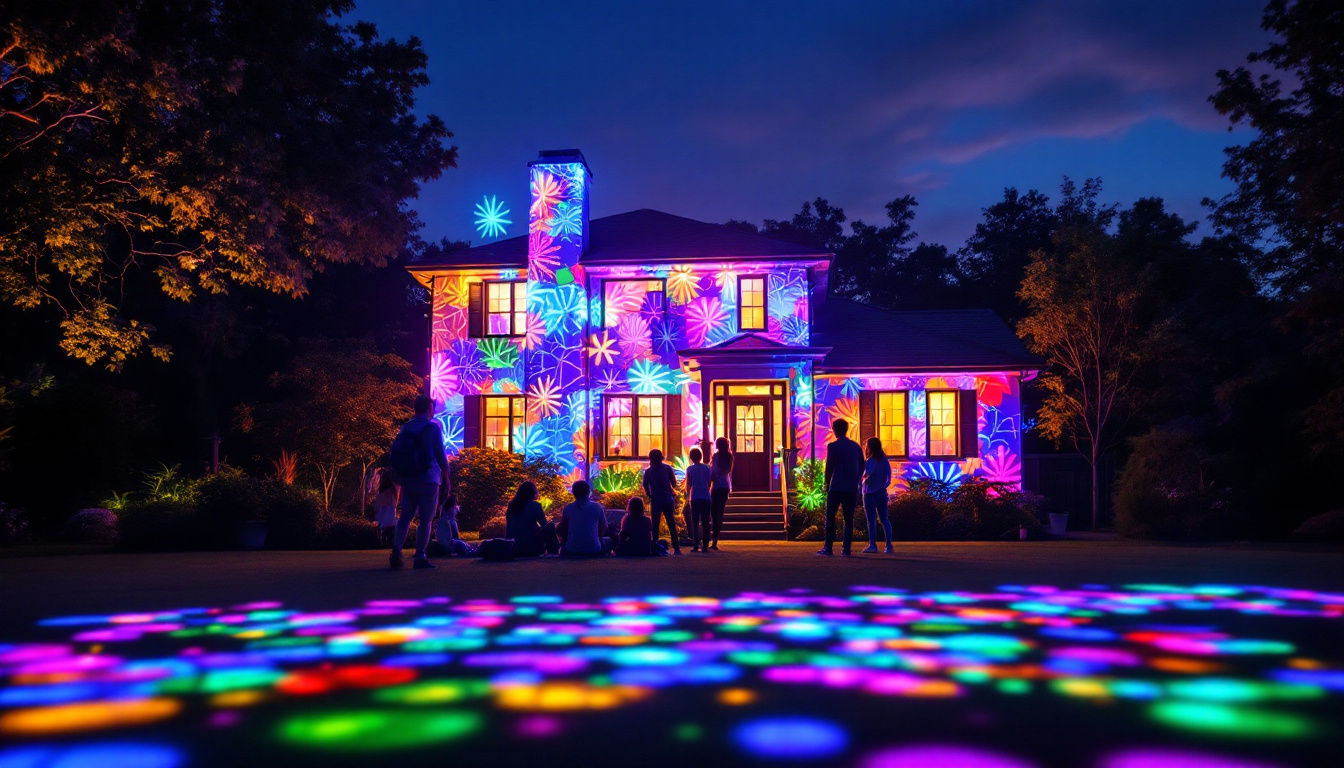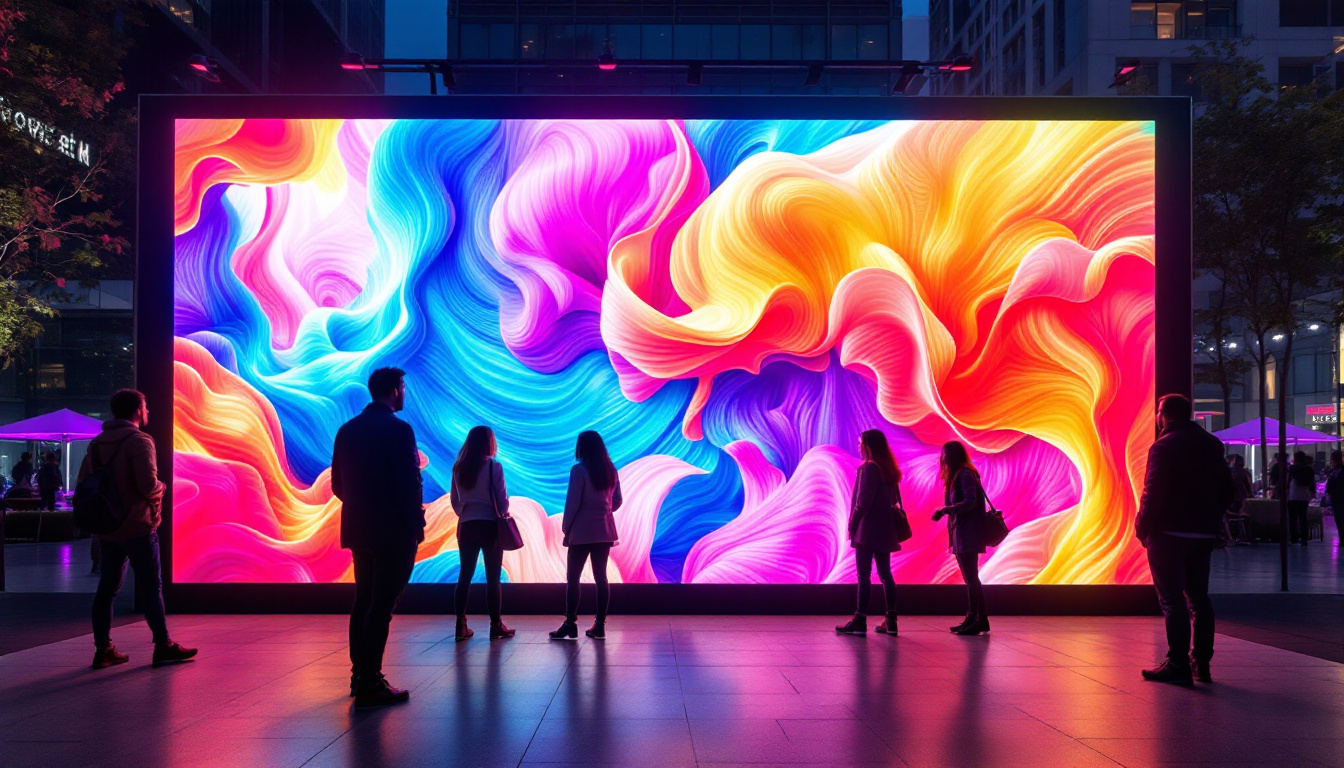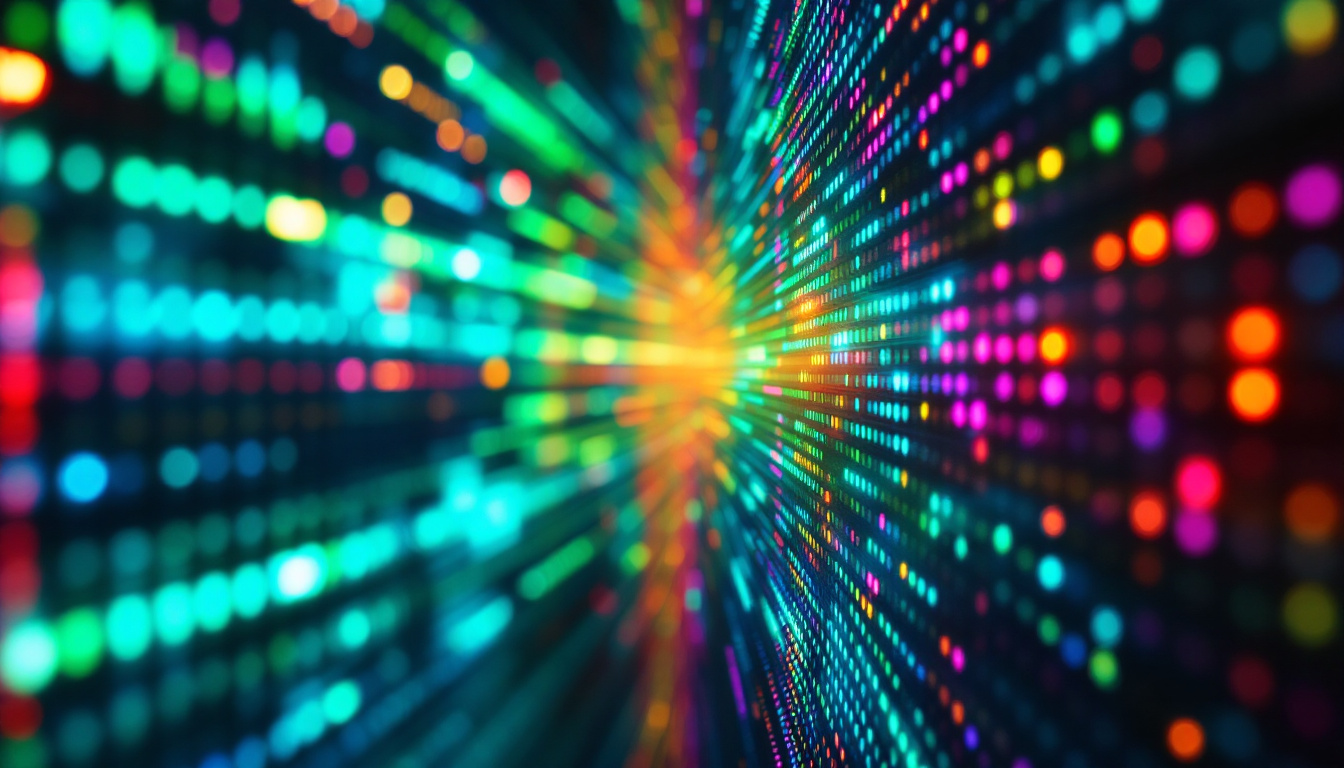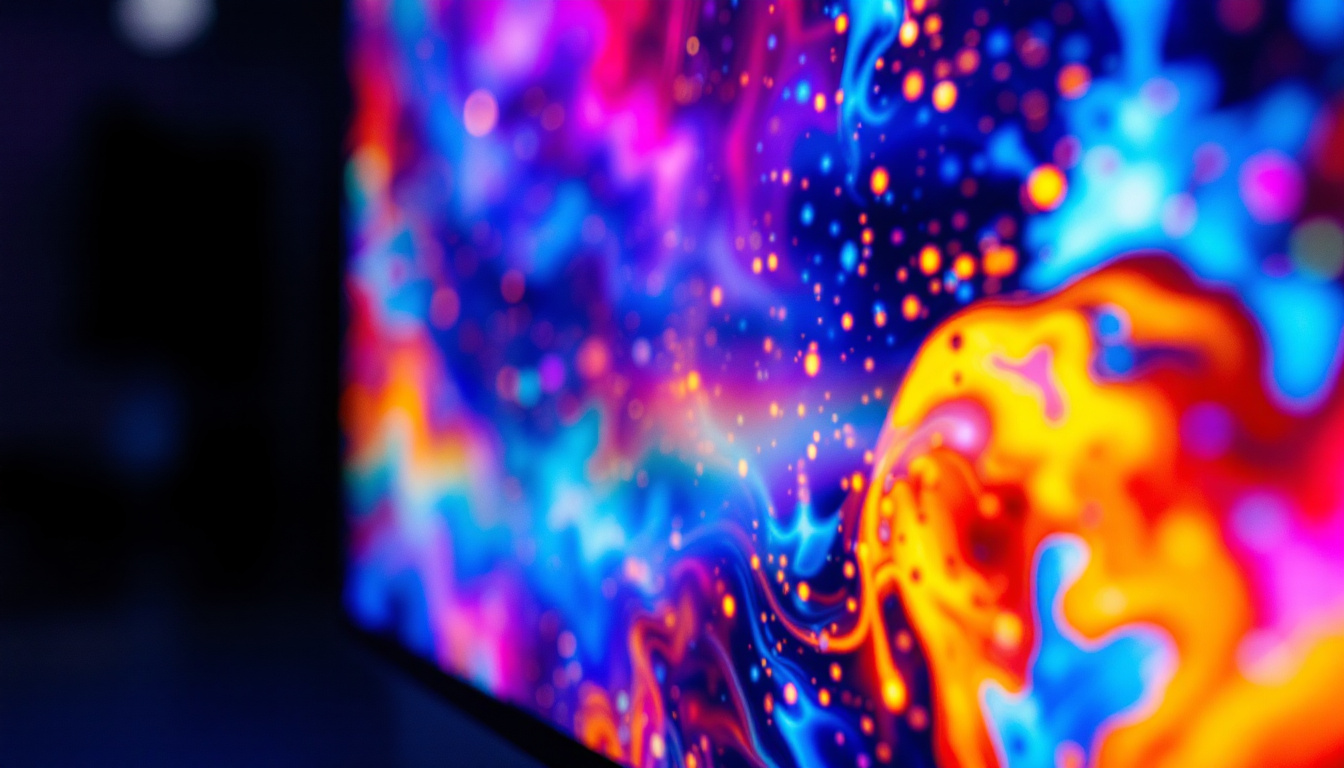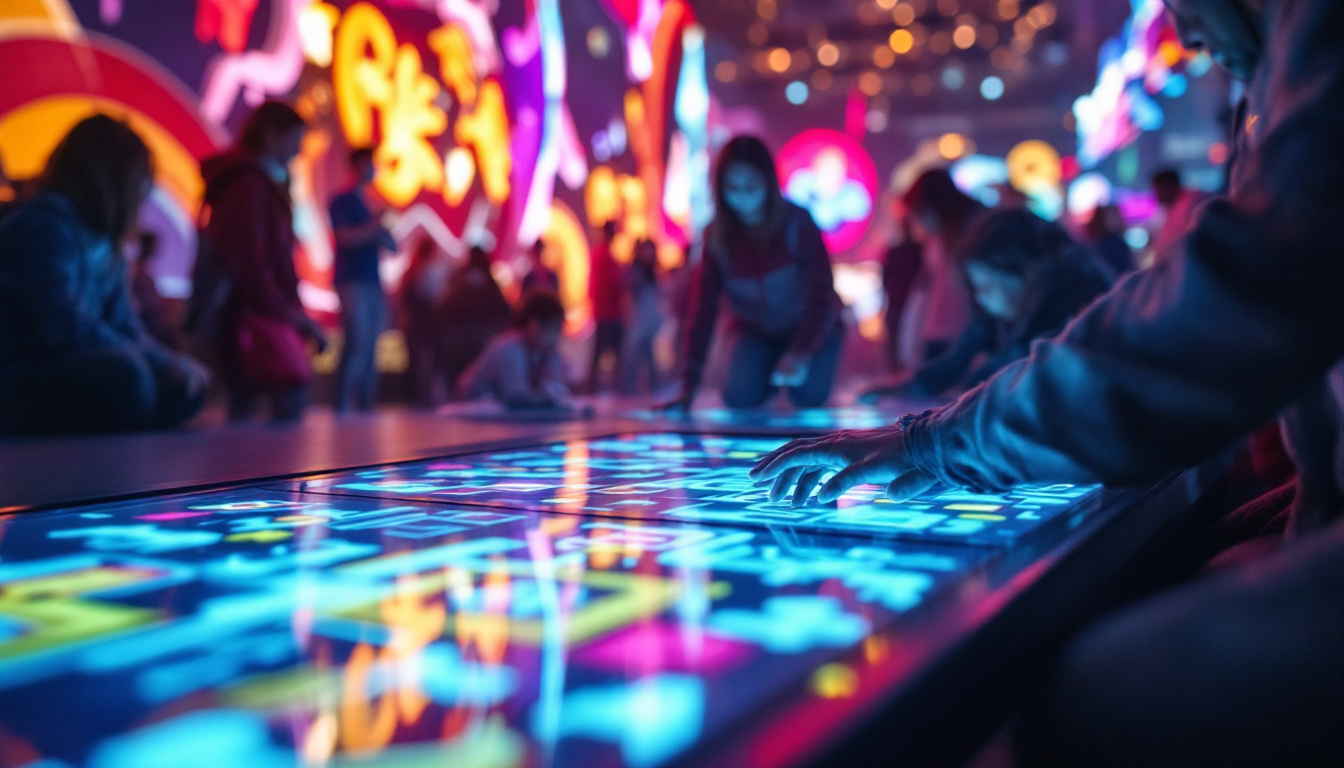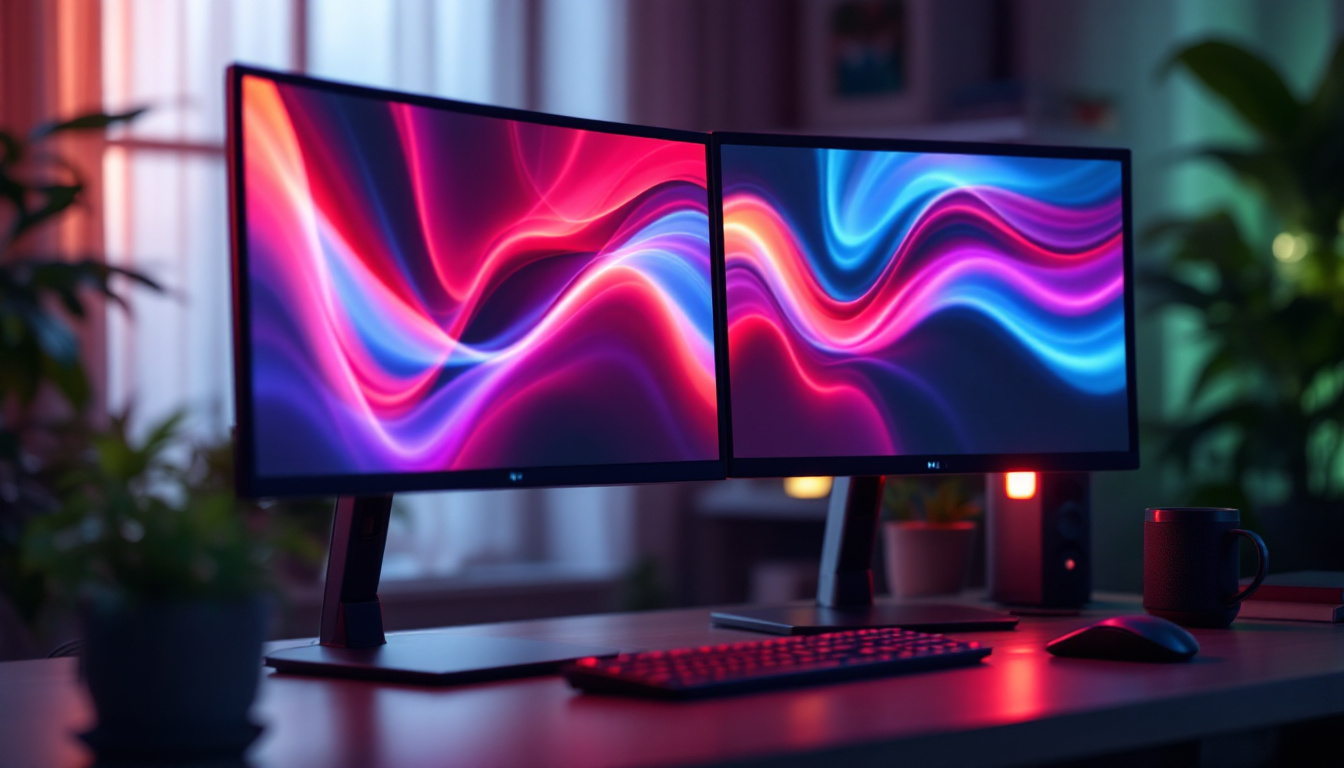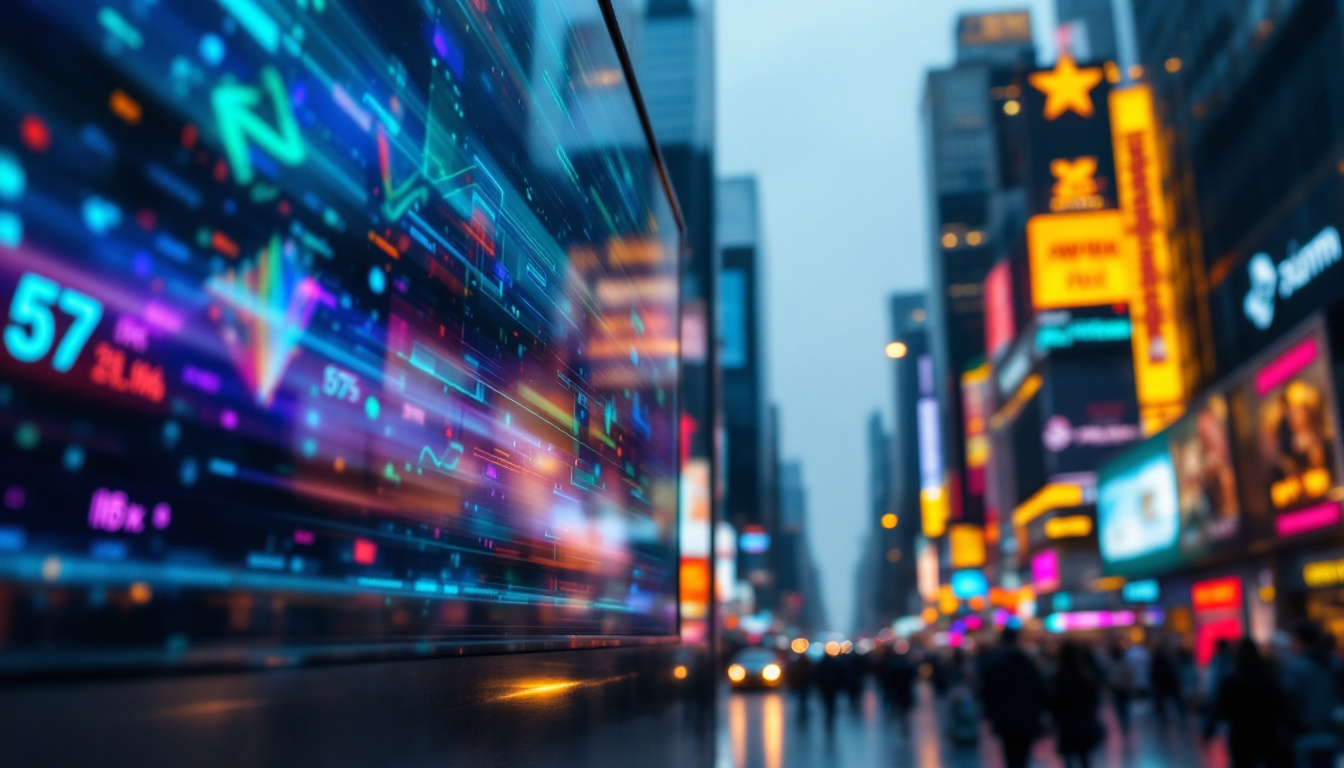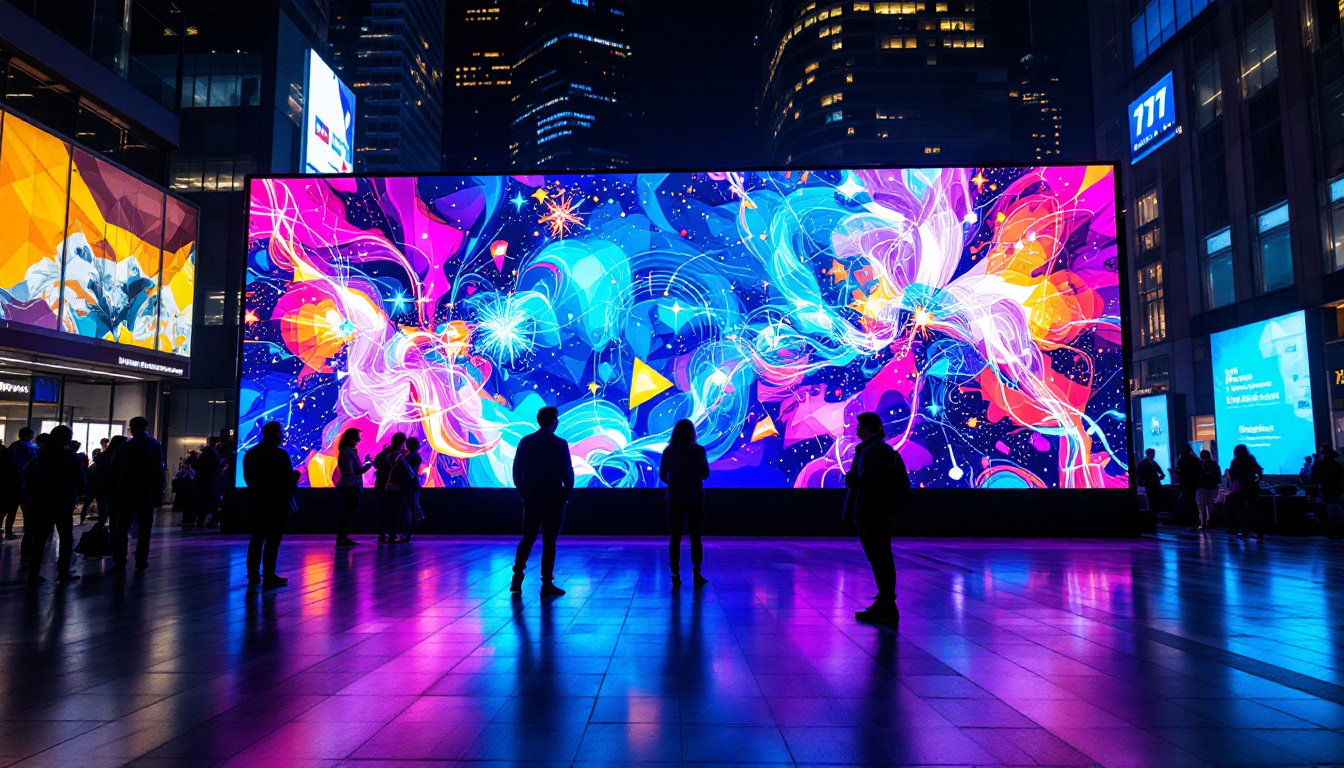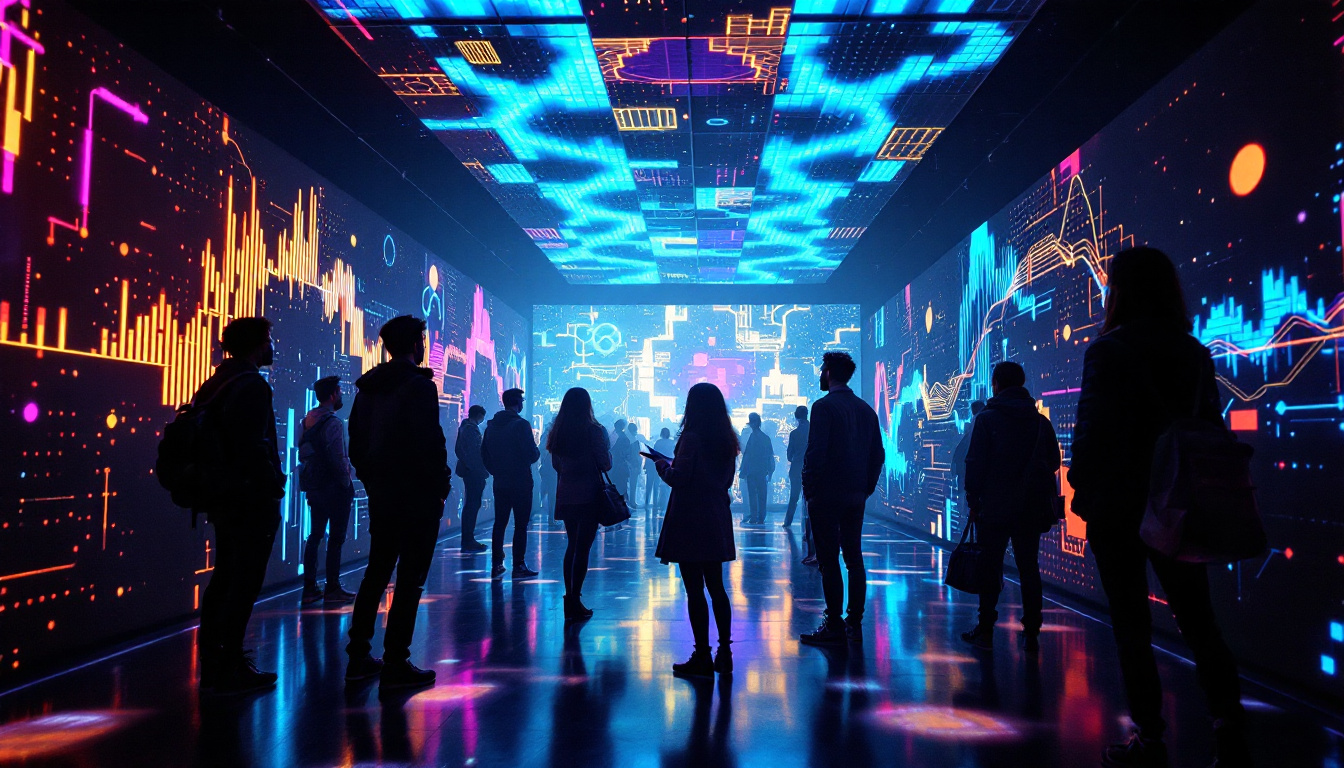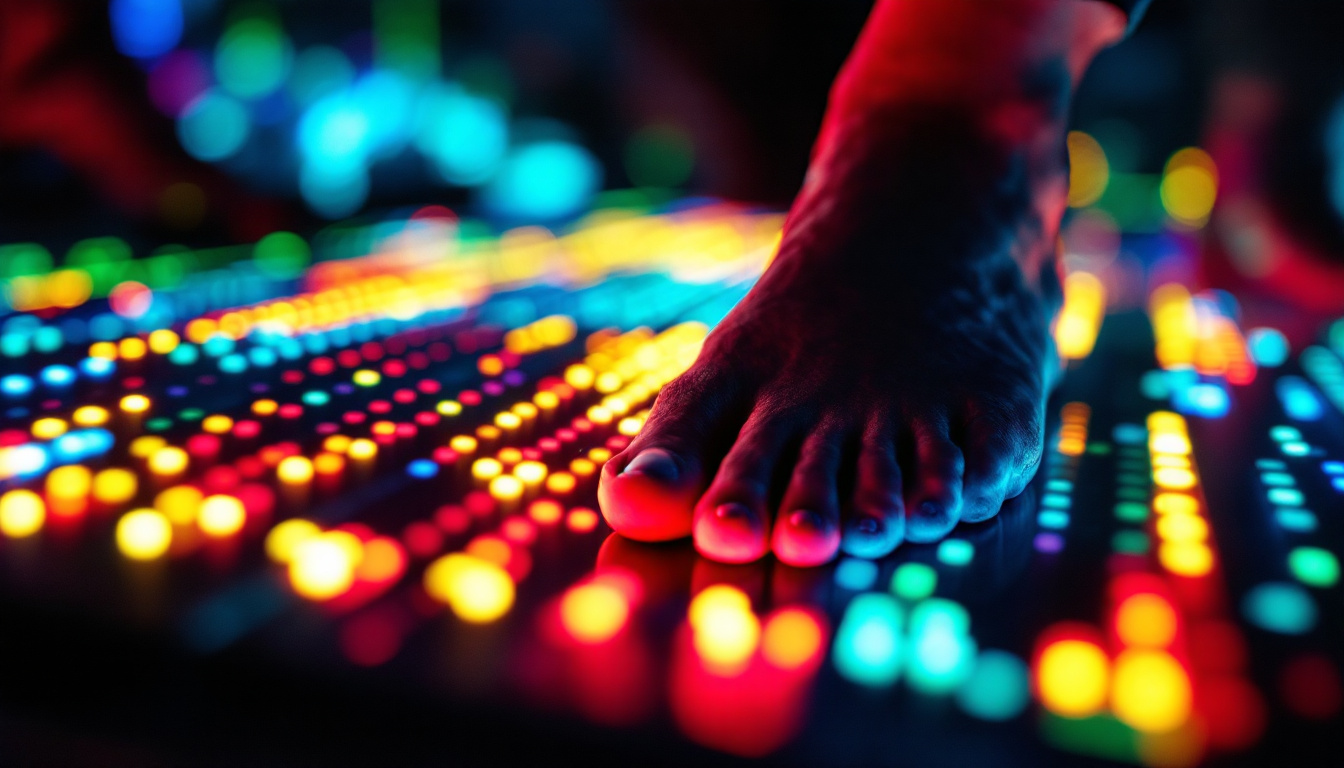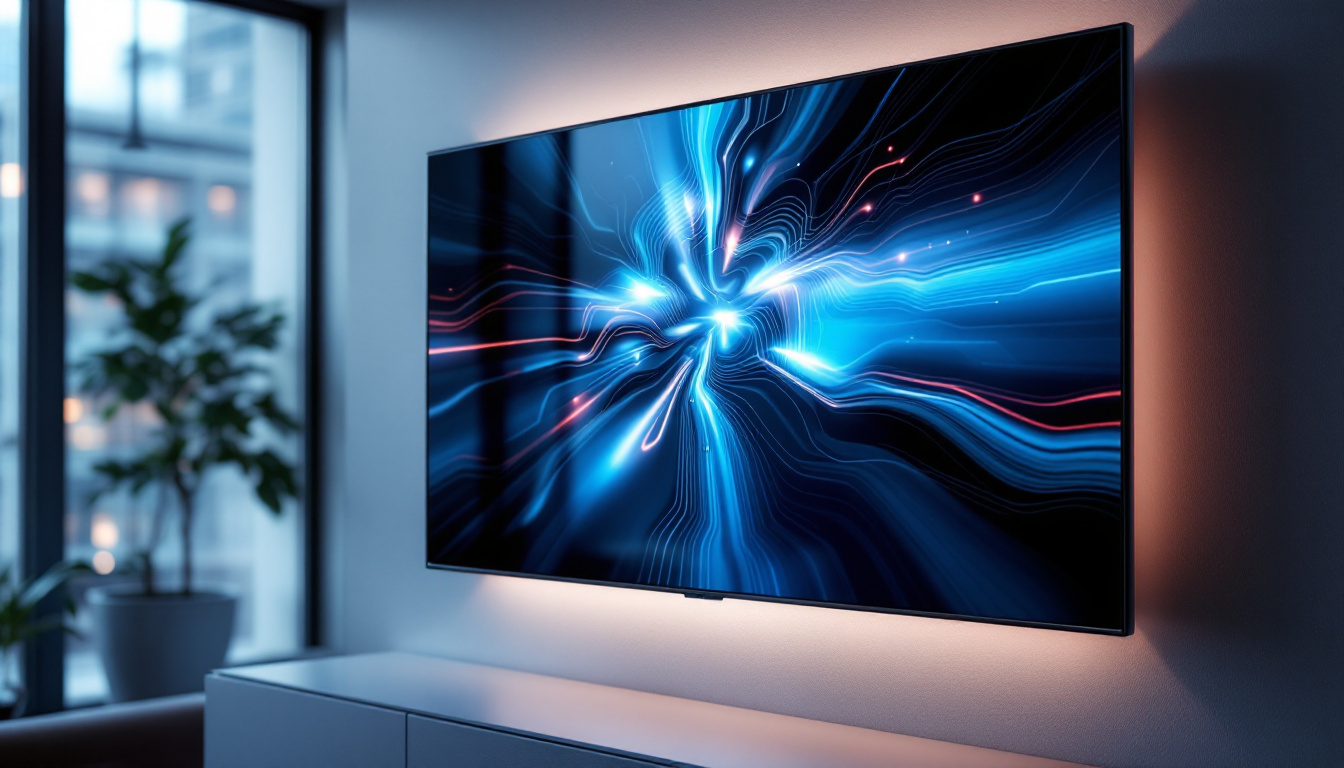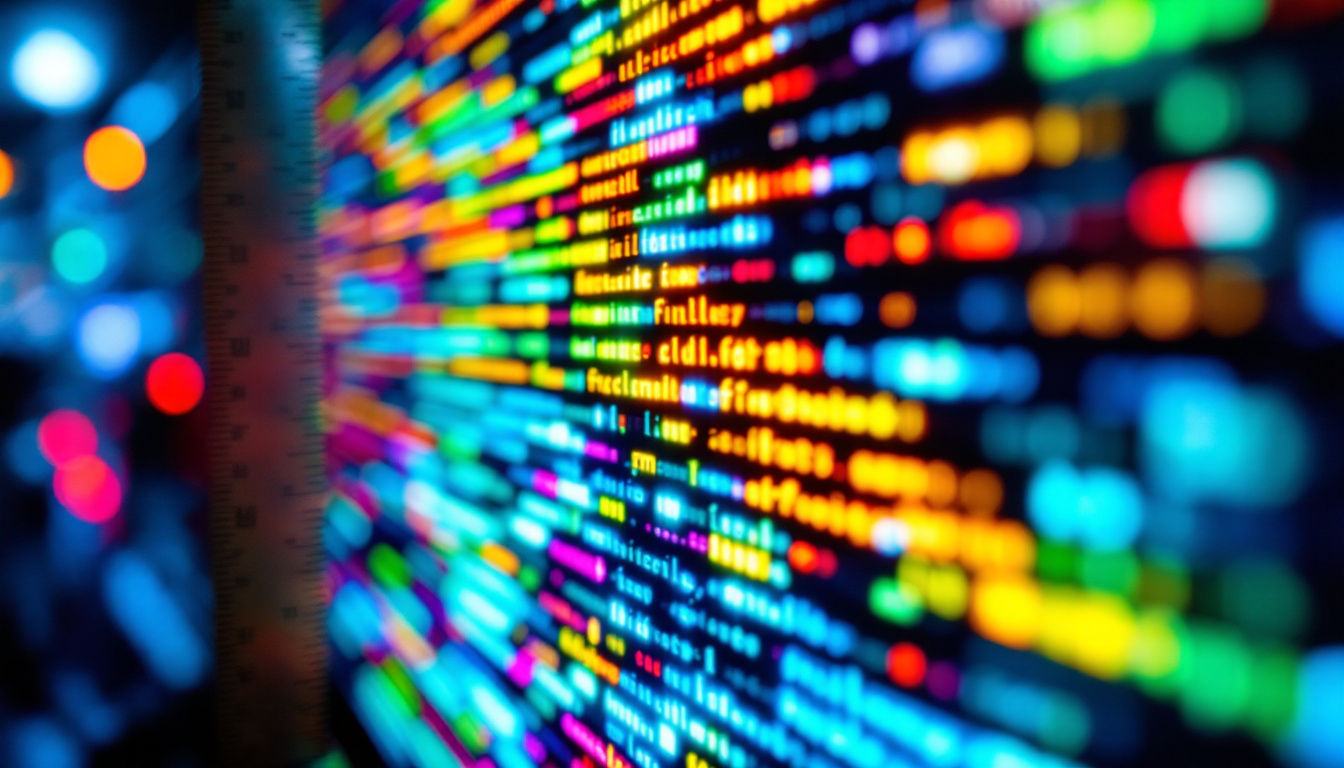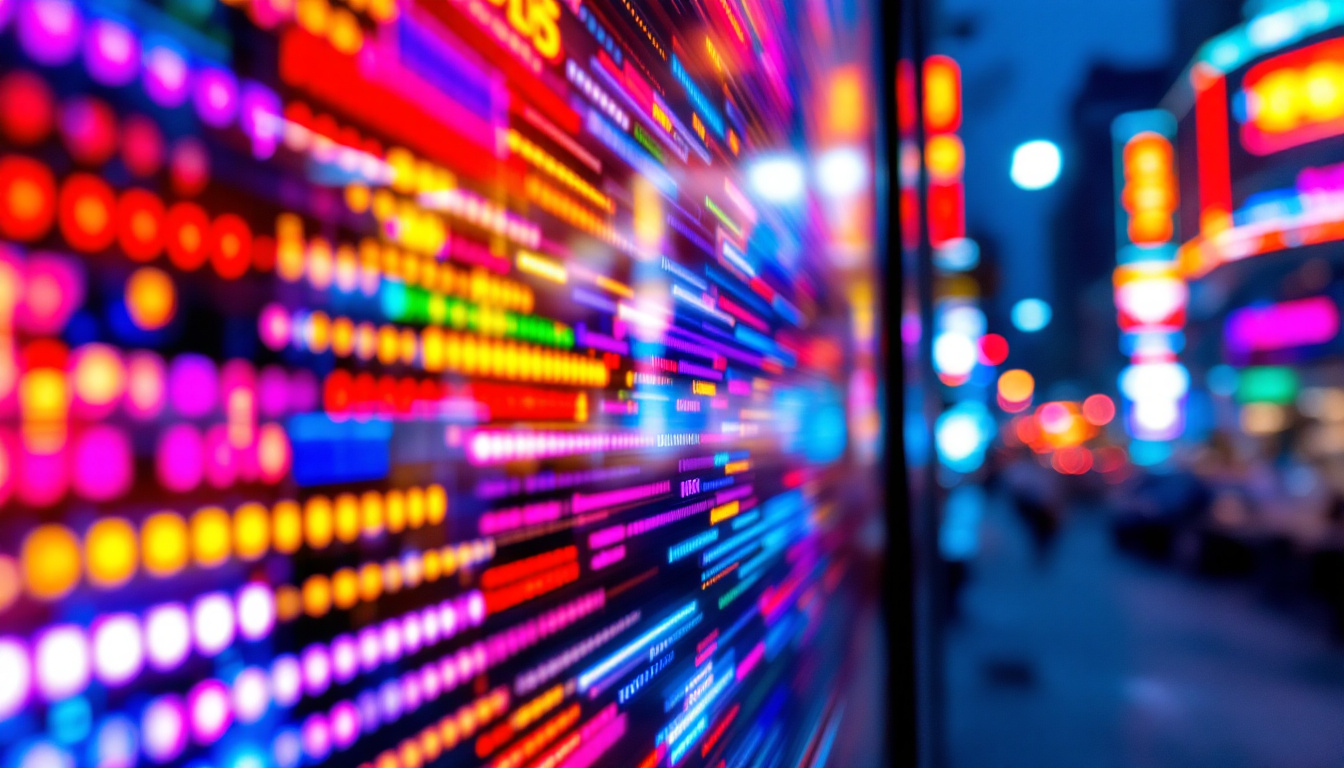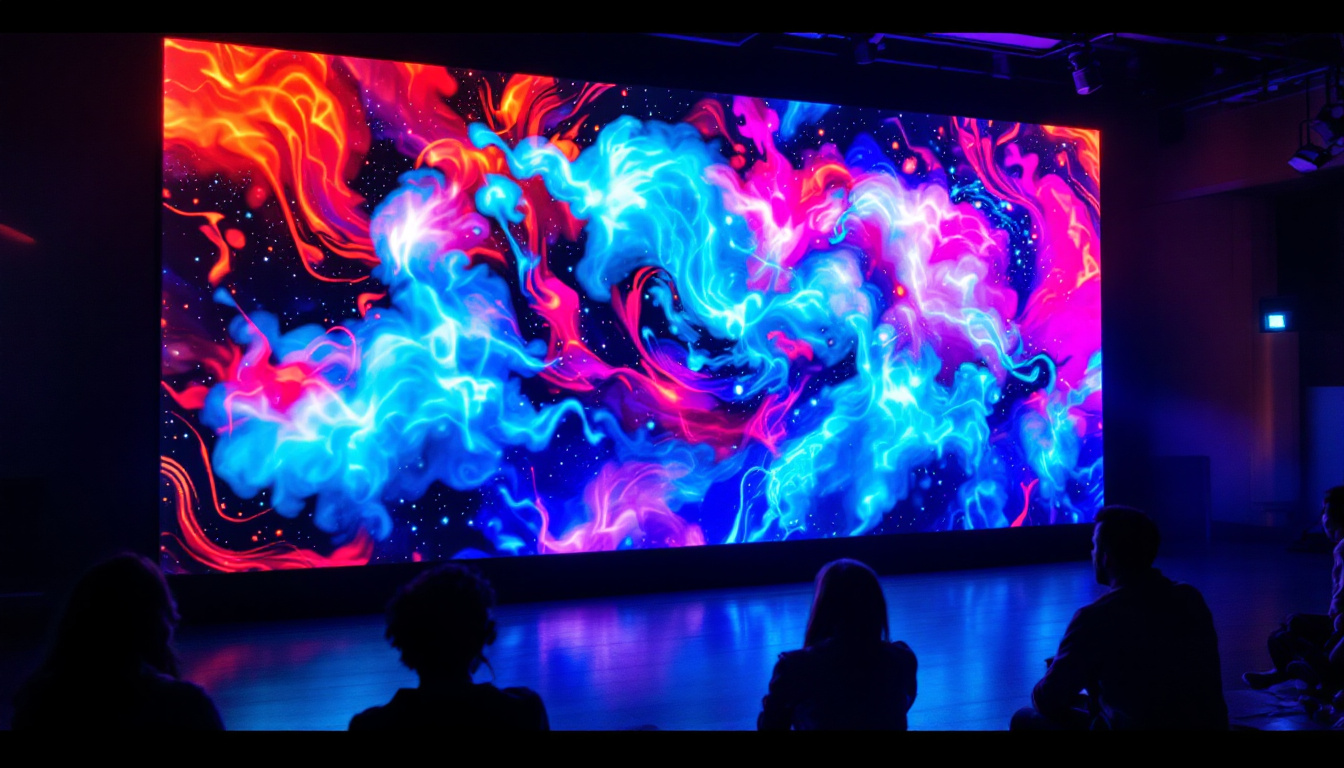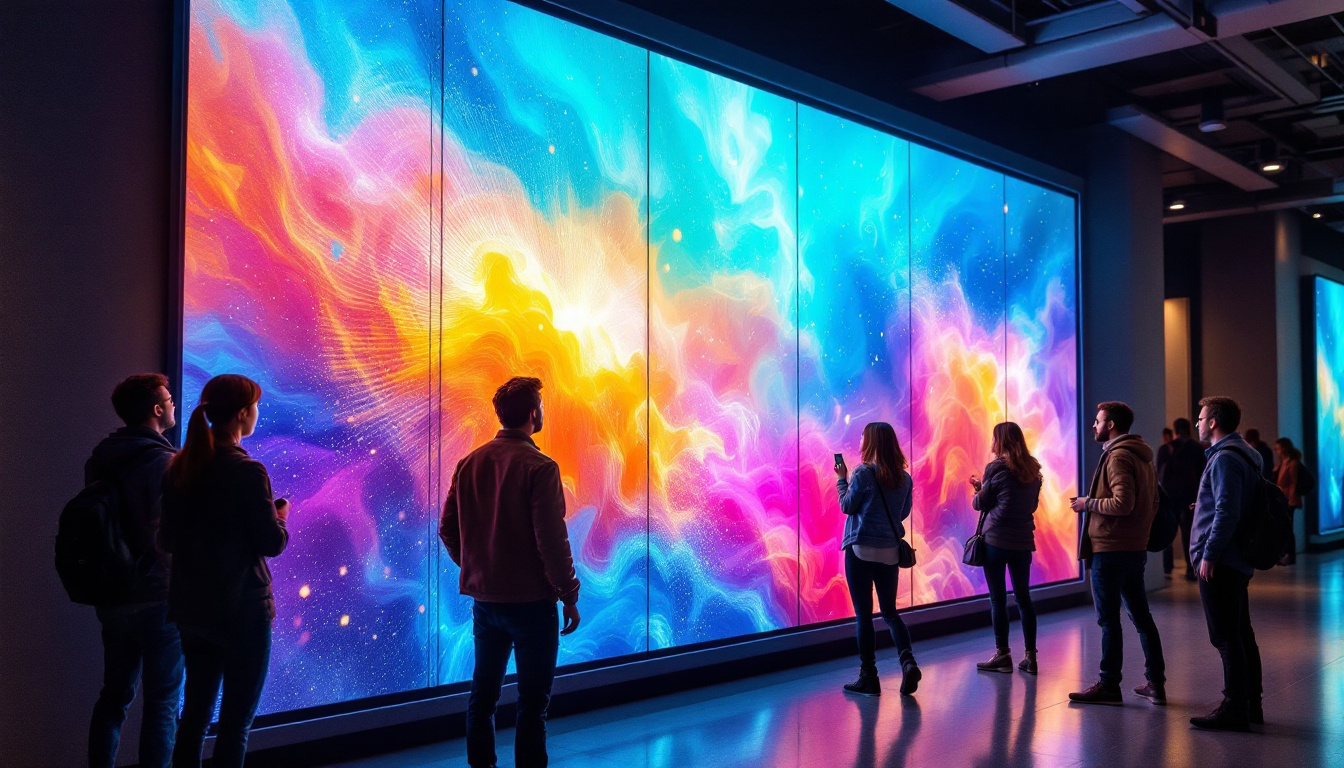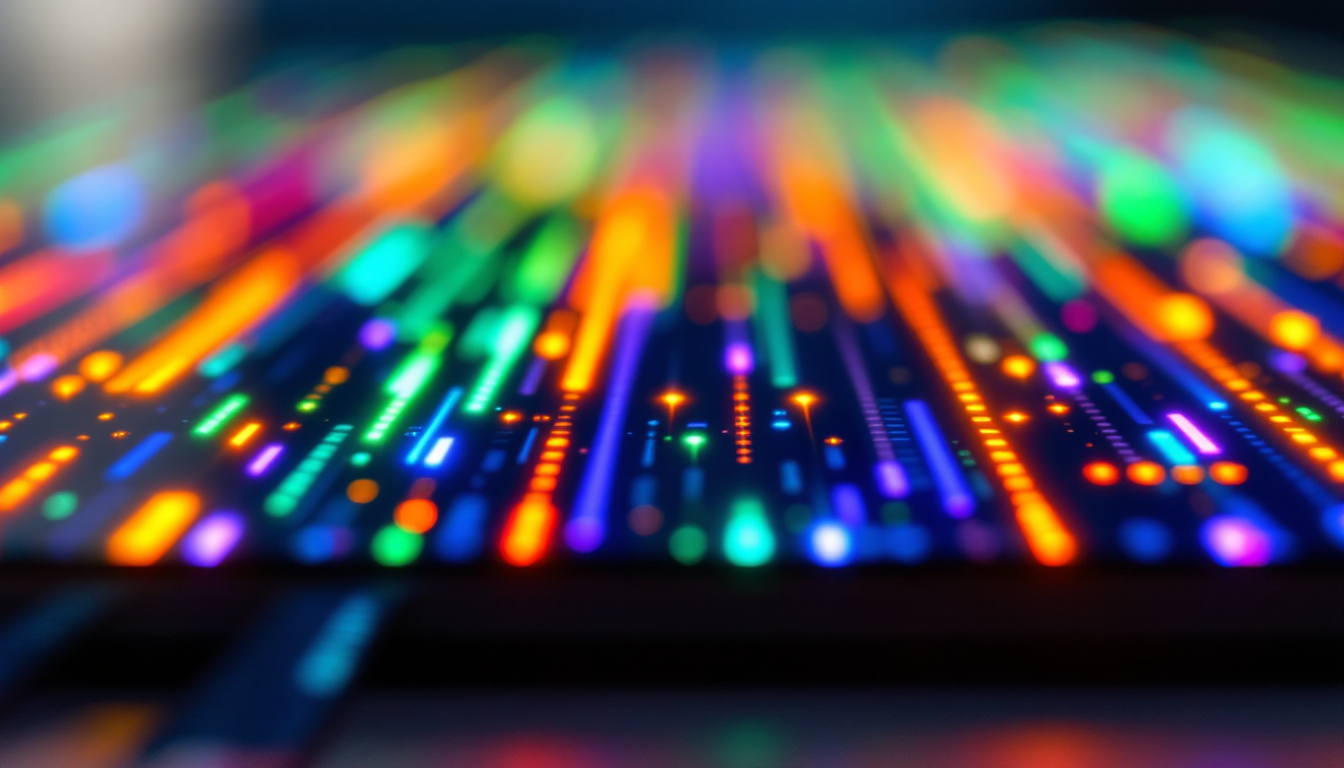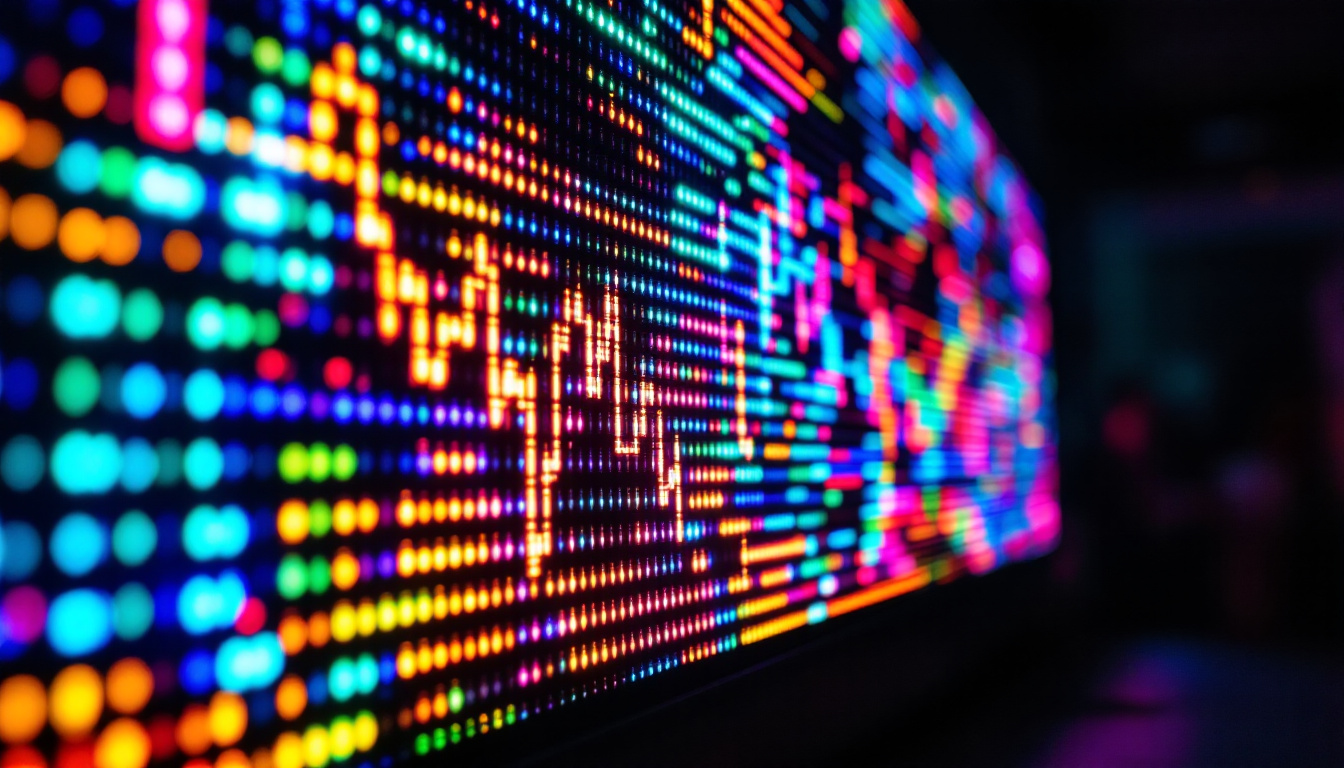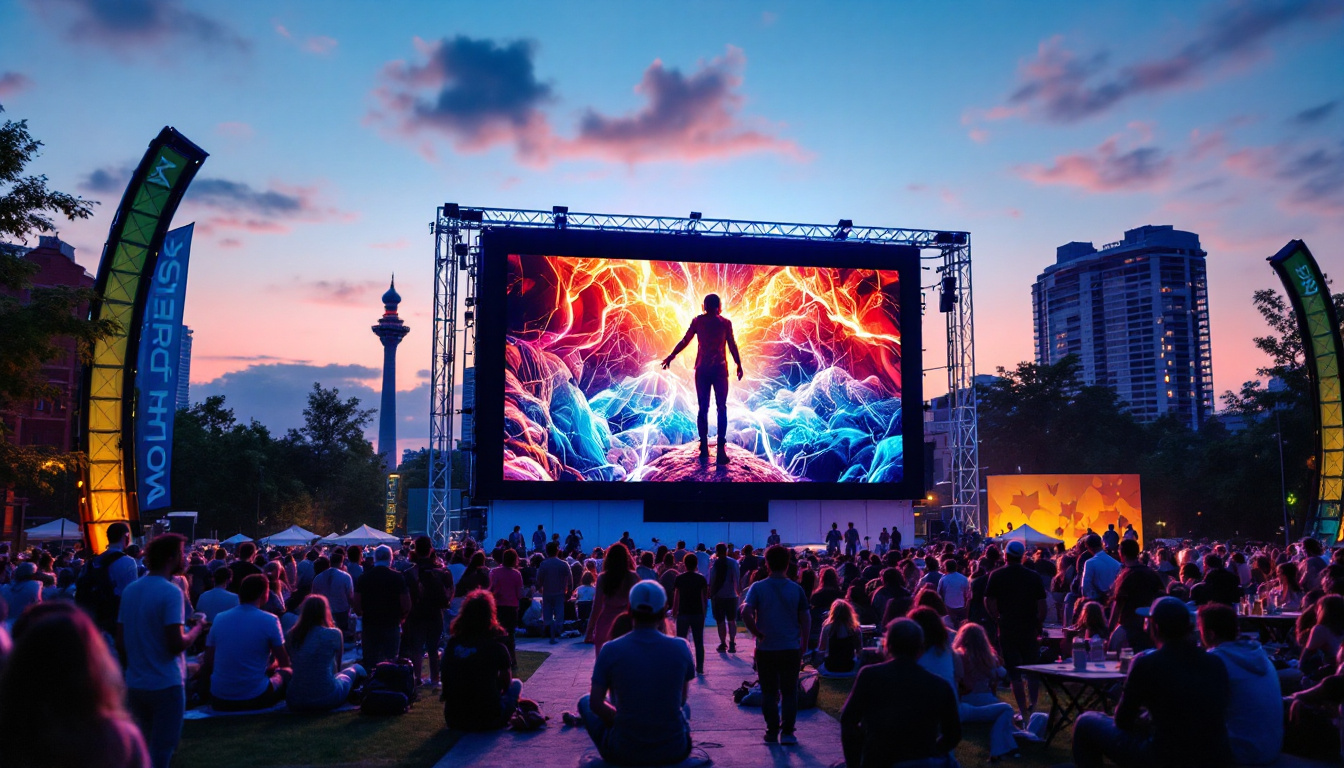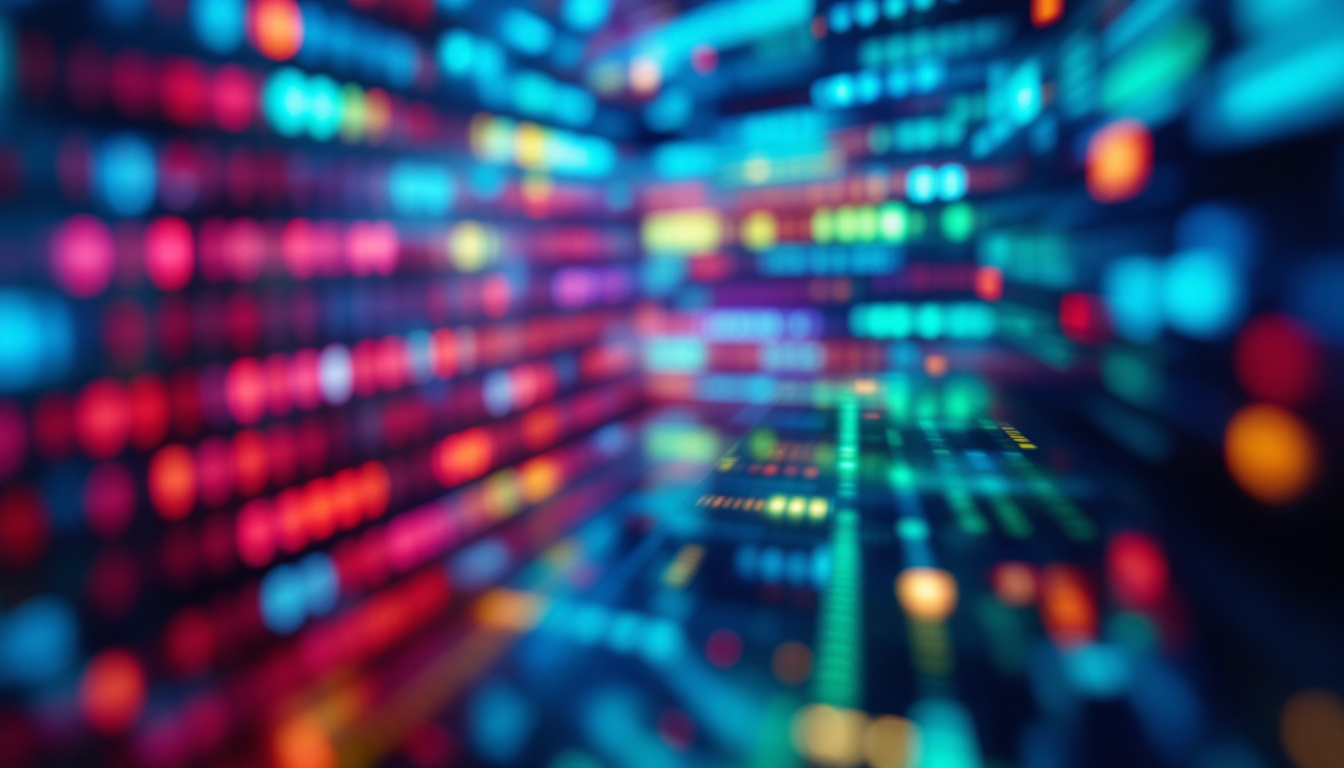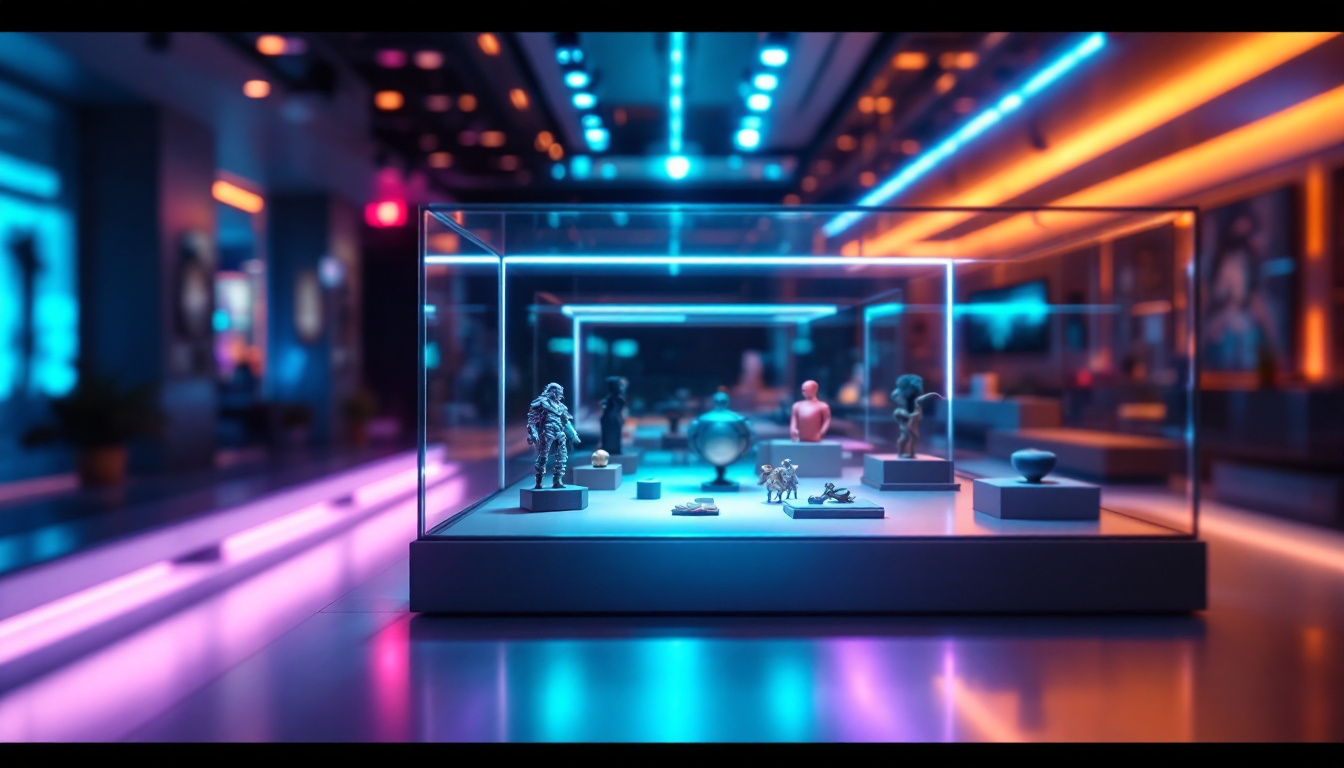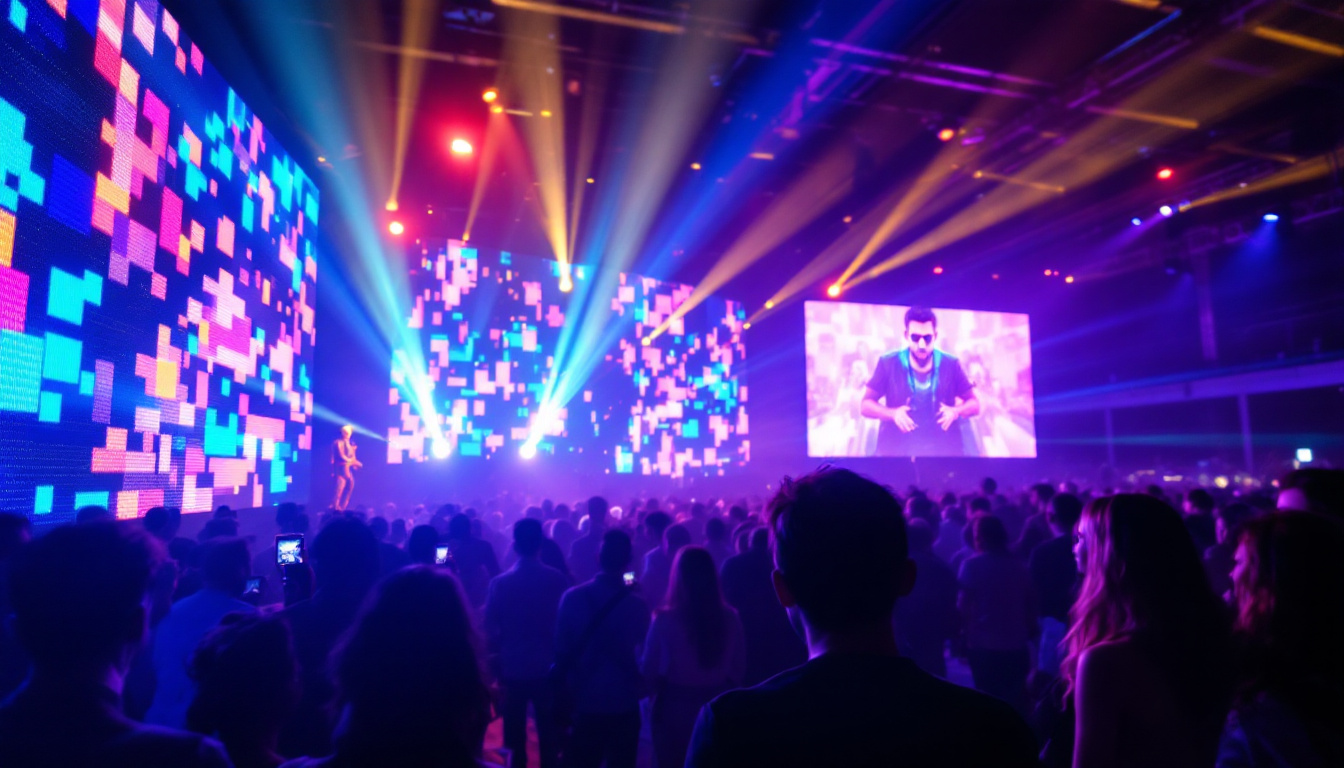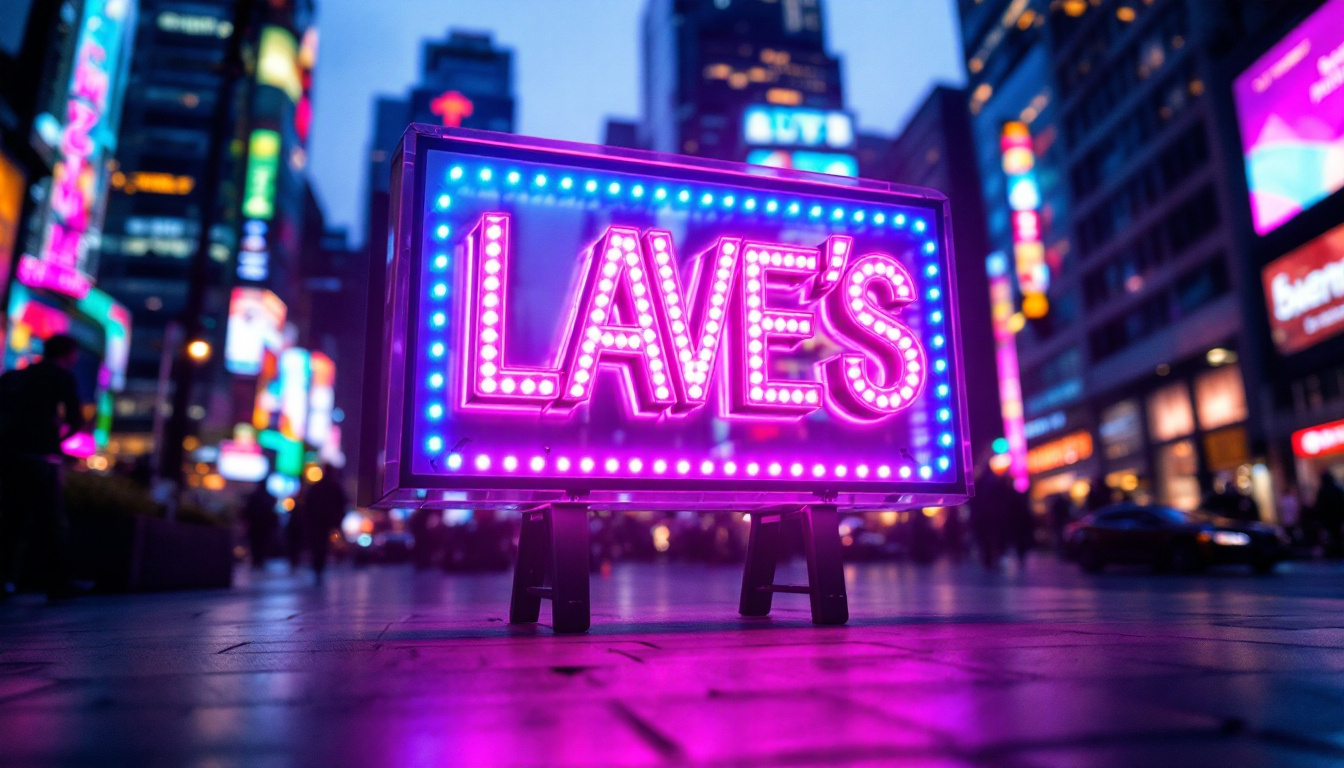In the realm of modern technology, LED displays have emerged as a transformative force across various industries. From advertising to entertainment, these displays have revolutionized the way information is conveyed and experienced. This article delves into the intricacies of LED displays, exploring their functionality, applications, and the innovations that continue to shape their evolution.
Understanding LED Technology
Light Emitting Diodes (LEDs) are semiconductor devices that emit light when an electric current passes through them. This fundamental principle underpins the operation of LED displays, which consist of numerous individual LEDs arranged in a grid-like pattern. Each LED can emit different colors, allowing for the creation of vibrant images and videos. The versatility of LED technology extends beyond mere illumination; it has revolutionized the way we interact with visual media, from advertising to entertainment, and even in our homes.
The Science Behind LEDs
The core technology of LEDs is based on electroluminescence, a phenomenon where certain materials emit light in response to an electric current. This process is highly efficient, consuming significantly less power than traditional incandescent bulbs. The ability to produce bright light with minimal energy consumption makes LEDs an ideal choice for display applications. Moreover, the spectrum of light emitted by LEDs can be finely tuned, allowing for a wide range of applications, including horticulture, where specific wavelengths can enhance plant growth.
Furthermore, the lifespan of LEDs is considerably longer than that of conventional lighting options. While incandescent bulbs may last around 1,000 hours, LEDs can operate for tens of thousands of hours, making them a cost-effective solution in the long run. This longevity not only reduces the frequency of replacements but also lessens the environmental impact associated with discarded bulbs, aligning with global sustainability efforts. As technology advances, we are also witnessing the development of smart LEDs that can be controlled remotely, further enhancing their functionality and appeal.
Types of LED Displays
LED displays come in various forms, each tailored for specific applications. The most common types include:
- Direct View LED (DVLED): These displays consist of individual LEDs that create images by emitting light directly to the viewer. They are often used in large outdoor billboards and stadium screens, providing high visibility even in bright sunlight. The modular nature of DVLEDs allows for flexible configurations, making them suitable for various shapes and sizes.
- LED Backlit LCD: In this configuration, LEDs are used to backlight an LCD panel. This combination allows for improved brightness and color accuracy compared to traditional LCDs. The use of LED backlighting has also enabled thinner and lighter display designs, making them more appealing for portable devices.
- Organic LED (OLED): OLED displays utilize organic compounds to emit light. They are known for their exceptional color range and contrast, making them popular in high-end televisions and smartphones. Additionally, OLED technology allows for flexible displays, paving the way for innovative applications in wearable technology and curved screens.
As LED technology continues to evolve, we are seeing advancements in areas such as microLED and miniLED displays, which promise even greater efficiency and image quality. MicroLEDs, for instance, consist of tiny individual LEDs that can create stunningly detailed images while consuming less power than traditional displays. This innovation is expected to push the boundaries of display technology, offering new possibilities for everything from augmented reality to immersive gaming experiences.
Applications of LED Displays
The versatility of LED displays has led to their widespread adoption across various sectors. From advertising to entertainment, the applications are vast and varied.
Advertising and Marketing
One of the most prominent uses of LED displays is in advertising. Digital billboards and signage have replaced traditional static displays, allowing for dynamic content that can be updated in real-time. This flexibility enables businesses to tailor their messages to specific audiences and events, enhancing engagement.
Moreover, the bright and vivid colors of LED displays capture attention more effectively than traditional media, making them a preferred choice for marketers. The ability to display high-resolution images and videos further amplifies their impact, creating memorable experiences for viewers. In addition, LED displays can incorporate interactive elements, such as touch screens or QR codes, which encourage audience participation and drive traffic to websites or social media platforms. This interactive capability not only boosts brand awareness but also fosters a deeper connection between consumers and brands.
Entertainment and Events
In the entertainment industry, LED displays have become a staple at concerts, festivals, and sporting events. Large-scale LED screens provide immersive experiences, allowing audiences to enjoy high-quality visuals from a distance. These displays can be synchronized with audio and lighting, creating a cohesive and captivating atmosphere.
Additionally, LED technology has made its way into theaters and cinemas, enhancing the viewing experience with brighter and more vibrant images. The ability to create flexible screen sizes and shapes has also opened new avenues for creative storytelling. For instance, innovative stage designs can utilize LED panels to transform the backdrop dynamically, adapting to different scenes and moods throughout a performance. This not only captivates the audience but also allows for a more fluid narrative that can shift visually in real-time, making each performance unique. Furthermore, the use of LED displays in live-streaming events has expanded their reach, enabling fans from around the globe to experience performances as if they were there in person, thus broadening the audience base significantly.
Advantages of LED Displays
LED displays offer numerous advantages that contribute to their growing popularity. Understanding these benefits can help businesses and organizations make informed decisions regarding their use.
Energy Efficiency
One of the most significant advantages of LED displays is their energy efficiency. Compared to traditional display technologies, LEDs consume considerably less power, leading to reduced operational costs. This sustainability aspect aligns with the growing emphasis on eco-friendly practices in various industries.
Furthermore, the lower energy consumption translates to less heat generation, which can prolong the lifespan of the display and reduce cooling costs in environments where multiple displays are used. This energy efficiency not only benefits the bottom line but also contributes to a smaller carbon footprint, making LED displays an attractive option for environmentally conscious organizations.
Durability and Longevity
LED displays are known for their robustness. Unlike fragile glass components found in traditional displays, LEDs are solid-state devices that can withstand harsh conditions. This durability makes them suitable for both indoor and outdoor applications, where exposure to weather elements can be a concern.
The long lifespan of LEDs, often exceeding 50,000 hours, means that businesses can enjoy years of reliable performance without the need for frequent replacements. This longevity contributes to lower maintenance costs and less waste over time. Additionally, the resilience of LED technology allows for greater flexibility in installation, enabling displays to be used in a variety of settings, from bustling urban environments to serene natural landscapes, without compromising on quality or performance.
High-Quality Visuals
Another compelling advantage of LED displays is their ability to deliver high-quality visuals. With vibrant colors and sharp contrasts, LED technology enhances the viewing experience, making it ideal for advertising, presentations, and entertainment. The brightness of LED displays ensures visibility even in direct sunlight, which is particularly beneficial for outdoor advertising and public displays.
Moreover, advancements in LED technology have led to the development of high-resolution displays, allowing for intricate details to be showcased effectively. This capability not only captivates audiences but also enhances message retention, making LED displays a powerful tool for communication in various sectors, including retail, education, and event management.
Challenges and Considerations
Despite the numerous advantages, there are challenges associated with LED displays that warrant consideration. Understanding these challenges can help organizations navigate potential pitfalls.
Initial Costs
While the long-term benefits of LED displays are substantial, the initial investment can be a barrier for some businesses. High-quality LED technology can be costly, especially for large installations. However, many organizations find that the return on investment justifies the upfront costs through energy savings and increased engagement.
Content Management
The effectiveness of an LED display is heavily reliant on the content it displays. Organizations must invest in content management systems and creative resources to ensure that their messaging is impactful and relevant. This ongoing commitment to content creation can be a challenge for some businesses.
The Future of LED Displays
The future of LED displays is bright, with ongoing advancements in technology promising even greater capabilities. As the demand for high-quality visuals continues to rise, innovations are expected to enhance the performance and versatility of LED displays.
MicroLED Technology
MicroLED technology is one of the most exciting developments in the LED display landscape. This technology involves the use of microscopic LEDs that can be combined to create high-resolution displays with exceptional color accuracy and brightness. MicroLED displays are expected to revolutionize the market, offering benefits such as improved energy efficiency and flexibility in design.
As MicroLED technology matures, it may lead to the creation of displays that are thinner, lighter, and capable of producing stunning visuals, further blurring the lines between reality and digital experiences.
Integration with Smart Technology
The integration of LED displays with smart technology is another trend that is gaining traction. As the Internet of Things (IoT) continues to expand, LED displays can be connected to various devices and systems, allowing for real-time data display and interaction. This capability can enhance user experiences in retail environments, transportation hubs, and public spaces.
For instance, smart LED displays can provide real-time updates on weather, traffic, or event schedules, creating a more informed and engaged audience.
Conclusion
LED displays have transformed the way information is shared and experienced across various sectors. Their energy efficiency, durability, and versatility make them a preferred choice for businesses and organizations looking to engage their audiences effectively. As technology continues to evolve, the future of LED displays promises even more exciting possibilities, from MicroLED innovations to smart technology integration.
Understanding the intricacies of LED displays is essential for those looking to leverage this technology in their operations. By embracing the advantages and addressing the challenges, organizations can harness the full potential of LED displays to create impactful experiences that resonate with their audiences.
Discover LumenMatrix LED Display Solutions
Ready to elevate your visual communication with cutting-edge technology? Explore LumenMatrix’s comprehensive range of LED display solutions, designed to captivate your audience and amplify your message. From vibrant Indoor LED Walls to dynamic Outdoor Displays and beyond, LumenMatrix offers tailored options that promise to transform any space into an immersive experience. Don’t miss the opportunity to revolutionize your brand’s visibility. Check out LumenMatrix LED Display Solutions today and step into the future of digital engagement.



